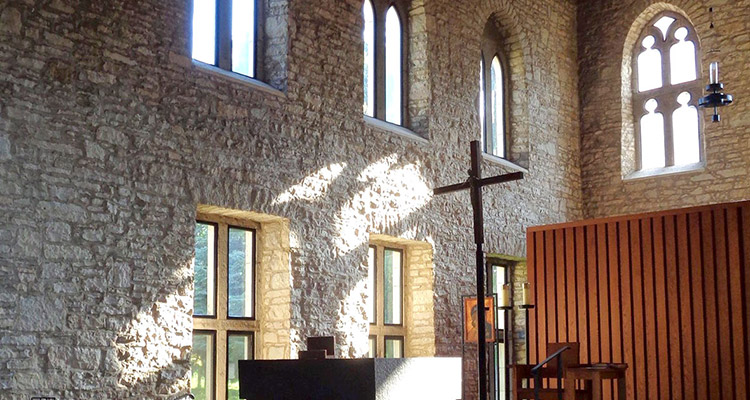 Death is a tough topic to talk about let alone plan for in advance. Coming to terms with the reality of life’s end is usually something we put off until the need is imminent. Anyone who has experienced the loss of a loved one knows how emotional those next few days...
Death is a tough topic to talk about let alone plan for in advance. Coming to terms with the reality of life’s end is usually something we put off until the need is imminent. Anyone who has experienced the loss of a loved one knows how emotional those next few days...
 For most of its 2,000-year history, cremation was forbidden by the Catholic Church. This teaching was born of historical context as well as biblical interpretation. In early times, Romans cremated their dead as a rejection of an afterlife, a direct contradiction to...
For most of its 2,000-year history, cremation was forbidden by the Catholic Church. This teaching was born of historical context as well as biblical interpretation. In early times, Romans cremated their dead as a rejection of an afterlife, a direct contradiction to...
 For Trappists, death is understood as a natural part of life. The beauty with which God bestows upon the earth is subject to the burden of time. Seasons change, tides rise and fall, morning light dims with night. Such occurrences remind the monks to reverently regard...
For Trappists, death is understood as a natural part of life. The beauty with which God bestows upon the earth is subject to the burden of time. Seasons change, tides rise and fall, morning light dims with night. Such occurrences remind the monks to reverently regard...
 The Trappist monks, belonging to the Order of Cistercians of the Strict Observance, share a rich history that spans sixteen hundred years. From arid Egyptian deserts to green pastures of Ireland, monks have prayed, studied, and worked together for centuries. After the...
The Trappist monks, belonging to the Order of Cistercians of the Strict Observance, share a rich history that spans sixteen hundred years. From arid Egyptian deserts to green pastures of Ireland, monks have prayed, studied, and worked together for centuries. After the...
 The concept of monasticism is ancient and is found in many religions and philosophies. In the centuries immediately before Christ, Hinduism, Buddhism, and Judaism all developed alternative styles of life which involved renouncing the world in some ways, in order to...
The concept of monasticism is ancient and is found in many religions and philosophies. In the centuries immediately before Christ, Hinduism, Buddhism, and Judaism all developed alternative styles of life which involved renouncing the world in some ways, in order to...
 From the very beginning agriculture has been an integral part of our Cistercian monasteries. The monks of New Melleray have always lived close to the land. While today we lease our crop land to local farmers, we still can enjoy the rich experience of growing food for...
From the very beginning agriculture has been an integral part of our Cistercian monasteries. The monks of New Melleray have always lived close to the land. While today we lease our crop land to local farmers, we still can enjoy the rich experience of growing food for...
 St. Benedict’s Rule for Monasteries (RB) was not the only monastic Rule available in the sixth century, but it was the most livable for people of ordinary strength. From his own experience and from the tradition of Egyptian monasticism, Benedict absorbed the authentic...
St. Benedict’s Rule for Monasteries (RB) was not the only monastic Rule available in the sixth century, but it was the most livable for people of ordinary strength. From his own experience and from the tradition of Egyptian monasticism, Benedict absorbed the authentic...














